Wetlands are ecosystems that have the tendency to be regularly flooded, typically characterised by their anoxic (low oxygen) substrate and unique biodiversity[1].
These forests occur naturally all over the world and are represented by a myriad of different habitats such as mangroves, salt marshes, swamp forests, peatlands, and bogs[1]. Most of these receive an influx of nutrients from their respective sources of flooding[2]. Streams, springs, rain, as well as tidal influence, control the ecological conditions of wetlands, allowing each to be transformed into its own unique ecosystem.
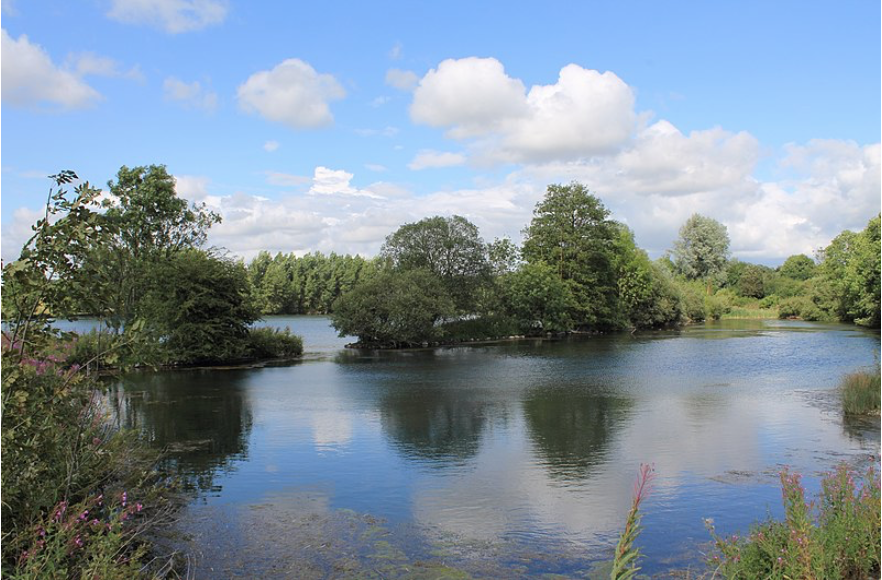
Source: Collin Gregory, 2014. Wikimedia Commons

Source: Masteraah, 2007. Wikimedia Common
The importance of wetlands is indisputable. They provide multiple ecosystem services that play a vital role in the health of our planet. I’ll explain.
One of the ecosystem services of wetlands is the storage of “blue carbon”[3][4]. This is due to the diminished rate of decomposition taking place in the low-oxygen substrates, allowing decaying organic matter to accumulate.
Wetlands also function as nurseries for many juvenile aquatic organisms and are hence important for fisheries worldwide[5][6], and the natural flora in wetlands provides safe and nutrient-rich habitats for these organisms to grow[7]. For example, the aerial roots (roots above the ground)of many mangrove trees allow juvenile fish to hide from potential predators before they reach maturity and leave the safety of the wetlands for deeper waters.

Source: Jonathan Wilkins, 2008. Wikimedia Commons
In this capacity, the uniqueness of wetlands further cements their position as critical biodiversity pockets for conservation[8][9]. Wetlands worldwide host over 100,000 species of fauna including various species of birds, fish, insects, mammals, reptiles, amphibians, and other marine invertebrates. Some species, such as tree-climbing crabs, mud lobsters, reed-warblers, and waterfowl, are extensively reliant on wetlands for shelter and food.
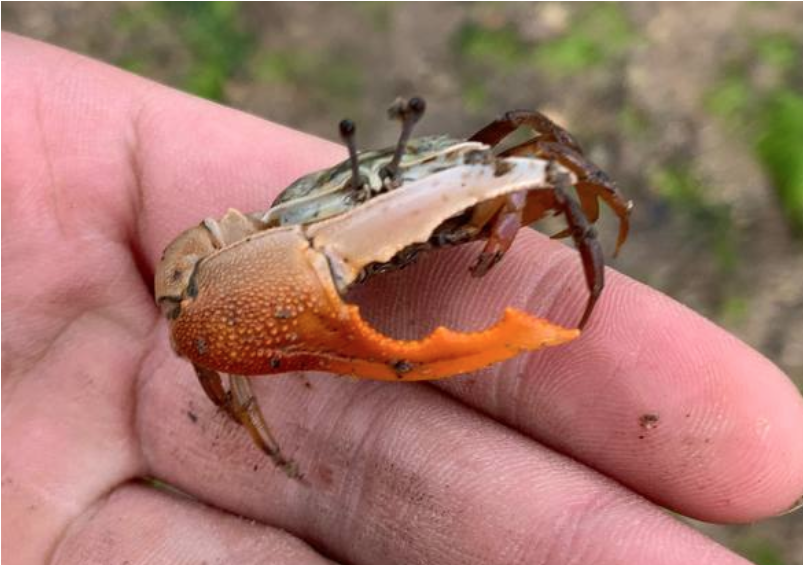
Source: Teo Xue Shen
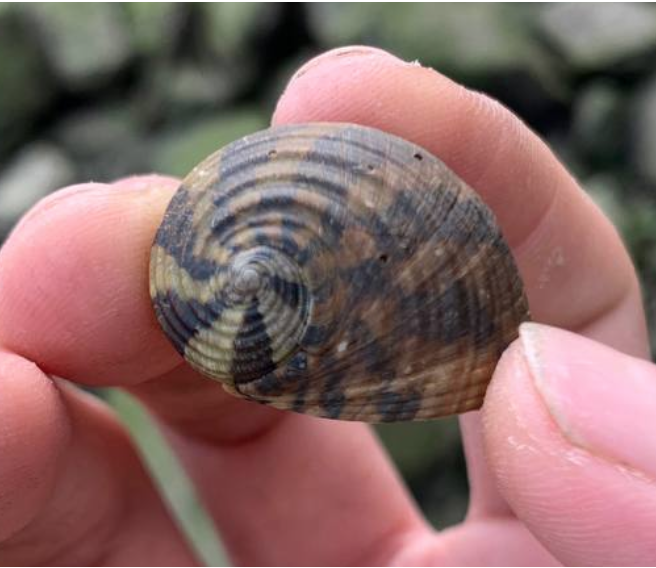
Source: Teo Xue Shen
But perhaps, the most important ecosystem service provided by wetlands is coastal protection[10]. Wetlands are a form of natural coastal defense against flooding and coastal erosion[11]. The hydrology of wetlands often acts as flood control while wetland vegetation attenuates wave energy, reducing coastal erosion[12][13]. Between rising sea levels and the increasing unpredictability of climate change, wetlands are an absolute necessity in protecting coastal infrastructure.
Mangroves are the most abundant form of wetlands in Singapore, which once occupied up to 13% of Singapore’s total land area in the 1800s. However, to date, over 90% of these have been cleared to make way for aquaculture, land reclamation, and other land-use changes[14][15]. Singapore’s major remaining fragments of wetlands are open to public and can be found at Sungei Buloh Wetland Reserve, Pulau Ubin, Kranji Marshes, Pasir Ris Park, Jurong Lake Gardens, and St John’s Island[16].
The wetlands in Singapore are as unique as any other, hosting a wide variety of biodiversity. On Pulau Ubin, the mangrove forests of Chek Jawa Wetland Reserve serve as a conservation site for several endangered species of mangrove flora[17].
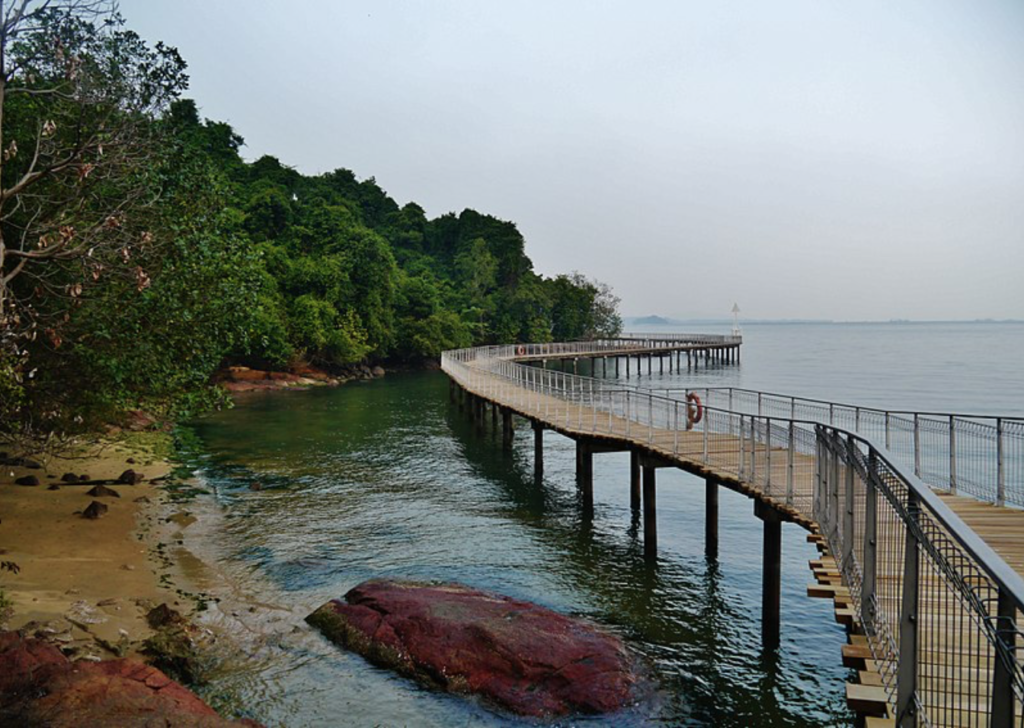
Source: Zairon, 2015. Wikimedia Commons
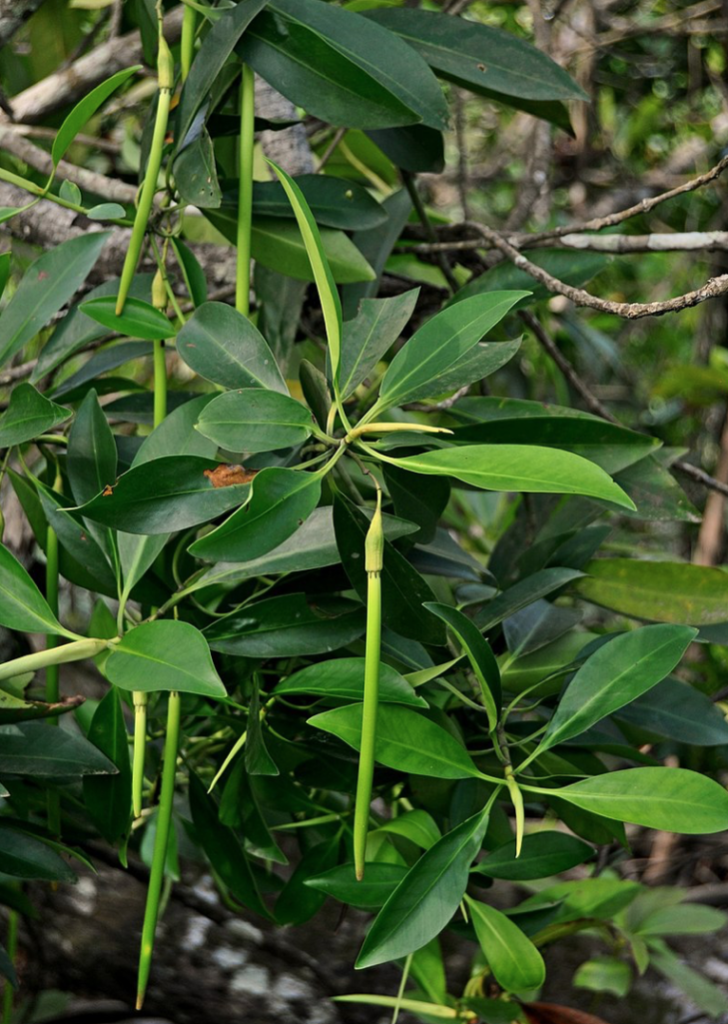
Source: Wibowo Djatmiko, 2011. Wikimedia Commons
Due to this historic rampant deforestation of wetland vegetation, Singapore’s shores today are relatively exposed to coastal erosion[15].
There are four main threats causing coastal erosion in Singapore: ship-wake[18][19], hydrodynamic changes due to land reclamation[20], storms[21] and climate change[22][23]. Wetlands offer a feasible method of combating these threats which could potentially be more cost-effective and more sustainable in the long run than any other form of hard engineering currently used in Singapore.
Encouragingly, the conservation of wetlands in Singapore has taken a turn from its disastrous history. Many of Singapore’s remaining wetlands are now designated nature reserves and are carefully being managed by the National Parks Board.
Wetlands and their importance are also being considered when plans for future land-use changes are drafted. This has already been observed with certain patches of mangrove forests such as Mandai Mangroves[24], which was saved through conservation efforts. Such mangrove rehabilitation is taking place on offshore islands like Pulau Tekong[25] and research studies and projects such as hybrid eco-engineering projects (like my own one which you can find out more here) to rehabilitate Singapore’s mangroves have been underway.
So the next time you visit our wetlands, make sure to keep an eye out for the vast biodiversity there and maybe even some of the little projects going on!



